Software Update Has Been Downloaded Continue on the User Account Control Window
Wondering why you can't install any apps on Windows 10 or Windows 11? It's frustrating when software installers won't run, throw an error code, or seem to work properly but then fail.
Below are fixes to try when software won't install correctly in Windows.
1. Reboot Your Computer
This is a common troubleshooting step, but it's important for a reason. The reason that software won't install on your computer could be due to a temporary glitch. Before you jump into more focused fixes, you should reboot to get back to a clean state.
If you still can't install software after a reboot, continue troubleshooting further with the next steps.
2. Check App Installer Settings in Windows
Windows 10 and Windows 11 allow you to install traditional desktop apps, as well as apps from the Microsoft Store. Certain settings will restrict you to only installing Store apps, so you should check those first.
To do this, head to Settings > Apps > Apps & features. At the top, you'll see a Choose where to get apps section. If the dropdown is set to The Microsoft Store only (recommended) then you won't be able to install apps from anywhere else. This prevents you from installing traditional Windows desktop software.
Change this to Anywhere (or Anywhere, but let me know if there's a comparable app in the Microsoft Store if you want) and Windows won't block you from installing software anymore.

If you're on an older version of Windows 10, you should also check a similar setting in Settings > Update & Security > For developers. Here, under Use developer features, make sure that you have Sideload apps selected. Picking Microsoft Store apps can prevent you from installing regular software.
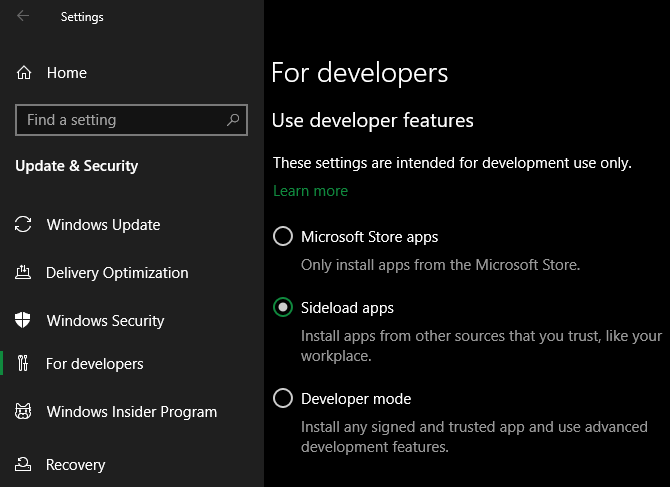
On modern versions of Windows 10 and on Windows 11, you won't see these three options. Instead, you'll see a single Developer Mode slider (on Windows 11, this is under Settings > Privacy & security > Developer Mode). You don't need to enable this to install regular apps, so you can leave it disabled. It doesn't hurt to enable it while you're troubleshooting, but you can turn it back off once everything is working.
If you're trying to install an app that requires you to toggle this setting, make sure you trust it. Installing random apps from unknown sources could be dangerous.
Finally, if you're in Windows 10 S Mode or Windows 11 S Mode, you can only install apps from the Microsoft Store. Thankfully, it's easy to switch out of S Mode at no charge. To do this, open the Microsoft Store app, search for "Switch out of S mode," and proceed through the download like you would with other apps.
3. Free Up Disk Space on Your PC
If you're extremely low on disk space, you may not be able to install new software. While this is rarely an issue for small apps, installing heavy-duty tools, such as Microsoft Office or Adobe products, will require several gigabytes.
Follow our guide to freeing up space in Windows, then try installing the software again.
4. Run the Installer as an Administrator
Thanks to User Account Control (UAC) in Windows, your account only uses its admin privileges when necessary. Since most software requires admin rights to install, you'll usually see a UAC prompt when you try to install a new app.
If you're only installing an app for your current account, it might not need administrator permissions. But installing software that applies to all users will require admin approval. Make sure you don't have UAC turned off, or prompts to give admin permissions might fail to appear.
Occasionally, approving a UAC prompt won't work right. You might see an error that the installer can't write to a certain folder, or it might refuse to run at all. In these cases, you should run the installer as an admin manually.
To do this, close the installer dialog if it's open, then right-click on the installer file and choose Run as administrator. After granting admin rights, try the installer again and see if it succeeds.

In case you don't have admin rights on your current machine, ask someone who manages the computer or check our guide to getting admin rights on your computer for more help.
5. Check the App's 64-Bit Compatibility
A lot of software offers both 32-bit and 64-bit flavors. 64-bit software is only compatible with 64-bit versions of Windows. However, 32-bit apps will run on both 32-bit Windows and 64-bit Windows, since 64-bit Windows is backward-compatible.
Most of the time, the software will automatically pick the right version to install on your system, or will just install as 32-bit if that's the only option available. If you have a modern computer, it's likely 64-bit, meaning this isn't a problem. But if you're not sure, you should find out if you have 64-bit Windows.
Once you know which version of Windows you have, keep an eye out on software download pages and make sure to download the version that's compatible with your system. x86 refers to 32-bit, while x64 means 64-bit. Don't download 64-bit software on a 32-bit system, as it won't run.
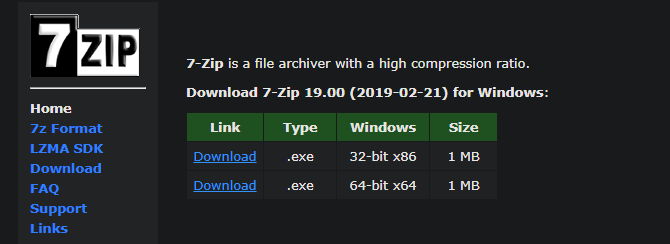
6. Run Program Troubleshooters
Windows 10 and 11 include several built-in troubleshooting tools that try to detect and fix common problems. They don't always work well, but they're worth a try when Windows won't install programs for some reason.
To access the troubleshooter that deals with installing software on Windows 10, head to Settings > Update & Security > Troubleshoot and click Additional troubleshooters. Here, run the Program Compatibility Troubleshooter and see if it fixes any problems. You can also run the Windows Store Apps tool if you're having trouble installing a Store app.
On Windows 11, these utilities are under Settings > System > Troubleshoot > Other troubleshooters.
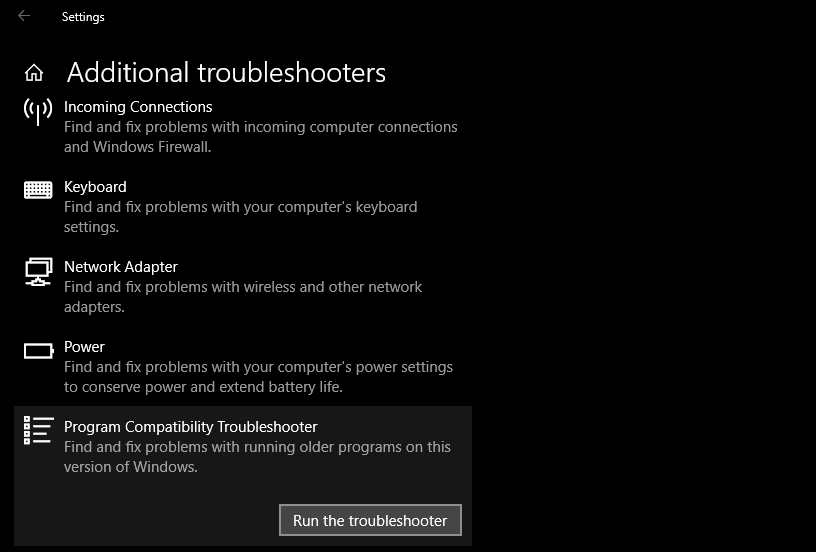
If this doesn't work, you should try the Program Install and Uninstall troubleshooter, available to download separately from Microsoft.
7. Uninstall Previous Software Versions
Most of the time, installing an app update (even if it's a new major version) goes smoothly. But sometimes, having an old version of a program installed can cause issues when you try to install the latest release.
If you still can't install software properly on Windows, go to Settings > Apps > Apps & features and uninstall the current version of the software. This shouldn't erase any of the data you had saved in the app, but you may want to back up any settings or other important info first, just in case.
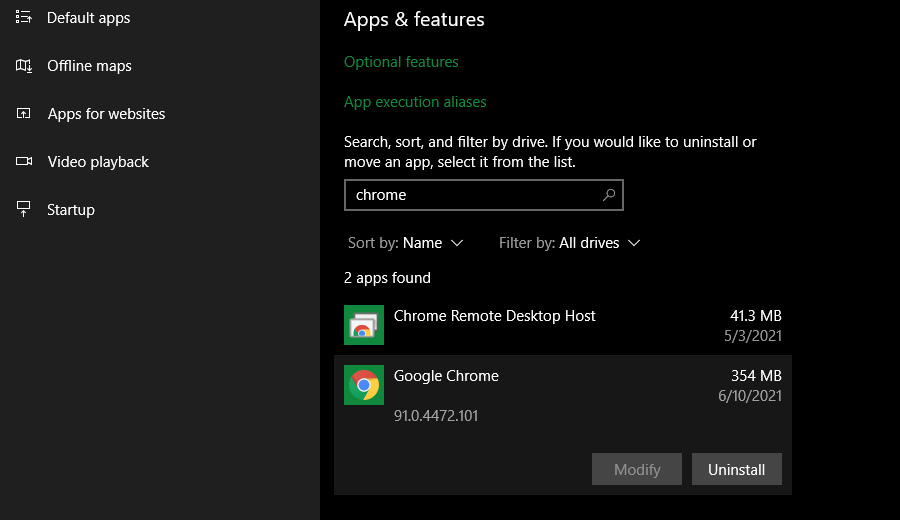
In some cases, you'll need to uninstall other components to fully remove a program. For instance, Apple's instructions on how to completely uninstall iTunes from Windows will guide you through removing Bonjour and other related bits of software.
It's a good idea to reboot after uninstalling, then make sure the software in question is truly gone, before reinstalling.
8. Review Your Antivirus Settings
Sometimes, your antivirus or anti-malware software can prevent software from installing on Windows. This can be helpful or a pain, depending on the circumstance.
In one case, you may be trying to install a program that's actually malware. When your antivirus detects this, it will hopefully block you from installing that app. But if you've disabled notifications from your antivirus, you might not see this warning. Try opening your security suite and checking for recent alerts to find out if this is the case.
If you suspect that a program you want to install contains malware, you should scan it with an online virus scanner. Avoid installing anything that's infected, of course. If it's a tool you once trusted, it's possible that the app has been hijacked, or that you downloaded a bad copy from a shady website.
However, your antivirus can also become overzealous. It may prevent legitimate programs from accessing necessary folders when they try to install (Malwarebytes Premium has been known to do this). If this is the case, you'll need to temporarily disable your antivirus to let the installation complete.
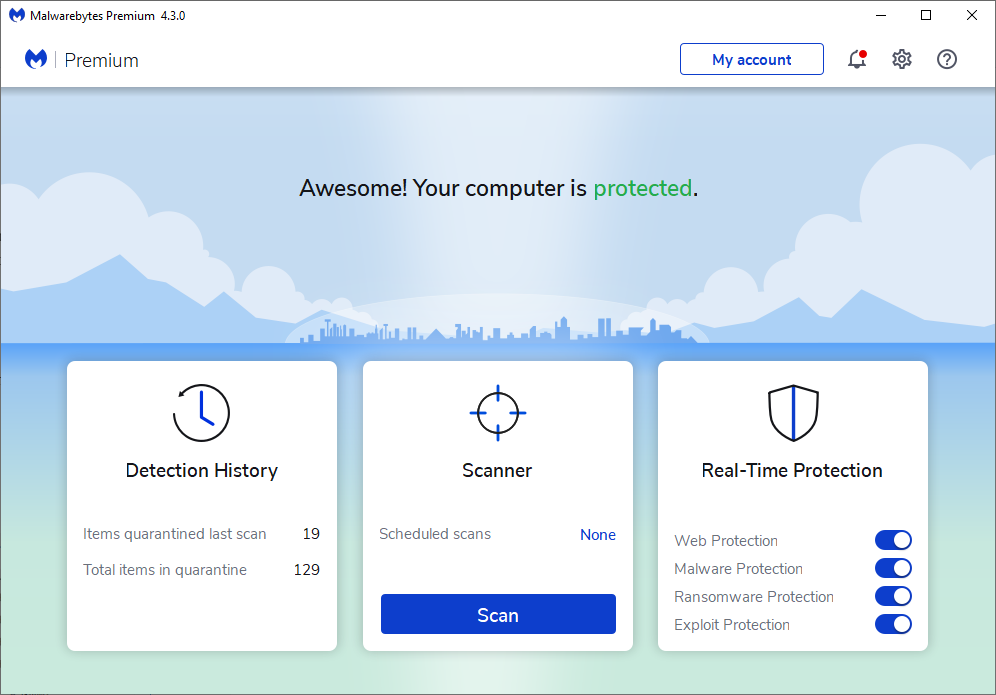
How to do this depends on your installed antivirus—see how to turn off Microsoft Defender if you use the built-in solution. Most security apps have an option to temporarily suspend protections for a few minutes so you can install as necessary. Just make sure you trust the software before doing this!
9. Make Sure the Program Is Compatible With Your Windows Version
Some programs simply aren't compatible with modern versions of Windows. Apps made for Windows 7 that were abandoned years ago, for example, were likely never updated to work on Windows 10 and 11. When this is the case, Windows has some compatibility tools to help you get such apps running, but they still might not work properly afterward.
First, you should check the app provider's website to see if the software supports your version of Windows. Most of the time, you will see this information on the download or support page. Even if it's not compatible, you can download the installer file and try to run it anyway, but knowing what platforms are officially supported is useful.

If the app installs properly, perform the below steps on the app's executable file once installed to improve compatibility for your version of Windows. You can find the executable file by searching for the app in the Start menu, then right-clicking on it and choosing Open file location to jump to it in a File Explorer window.
If the installer won't run, try this same procedure on the installer's executable.
Right-click on the executable file and choose Properties. In the resulting window, move to the Compatibility tab. Here, you can choose to Run this program in compatibility mode for and pick an earlier version of Windows. This is worth trying if you know the app ran correctly on an older version.
Otherwise, there are more options under Settings, which mostly deal with how the program displays. These shouldn't be necessary in most cases, but you can try them to see if they make a difference.
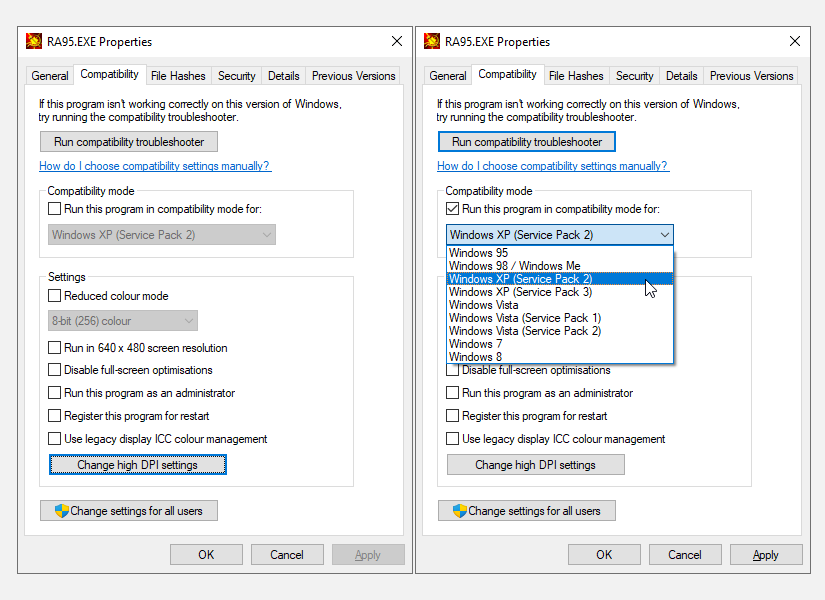
If the software still doesn't run with compatibility mode enabled, see more tips for getting old software to work in modern Windows versions. Failing that, you'll need to pursue other methods to use that software, such as creating a virtual machine to run the older version of Windows the software was made for.
What to Do When Windows Software Won't Install
Hopefully, one of these troubleshooting steps helps when you're unable to install software on Windows. Most of the time, this comes down to a Windows compatibility issue or a security tool interfering with the installation process.
While we've focused on traditional desktop software here, it's possible that software from the Microsoft Store won't install sometimes, too.
Source: https://www.makeuseof.com/tag/try-windows-software-wont-install/
0 Response to "Software Update Has Been Downloaded Continue on the User Account Control Window"
Post a Comment